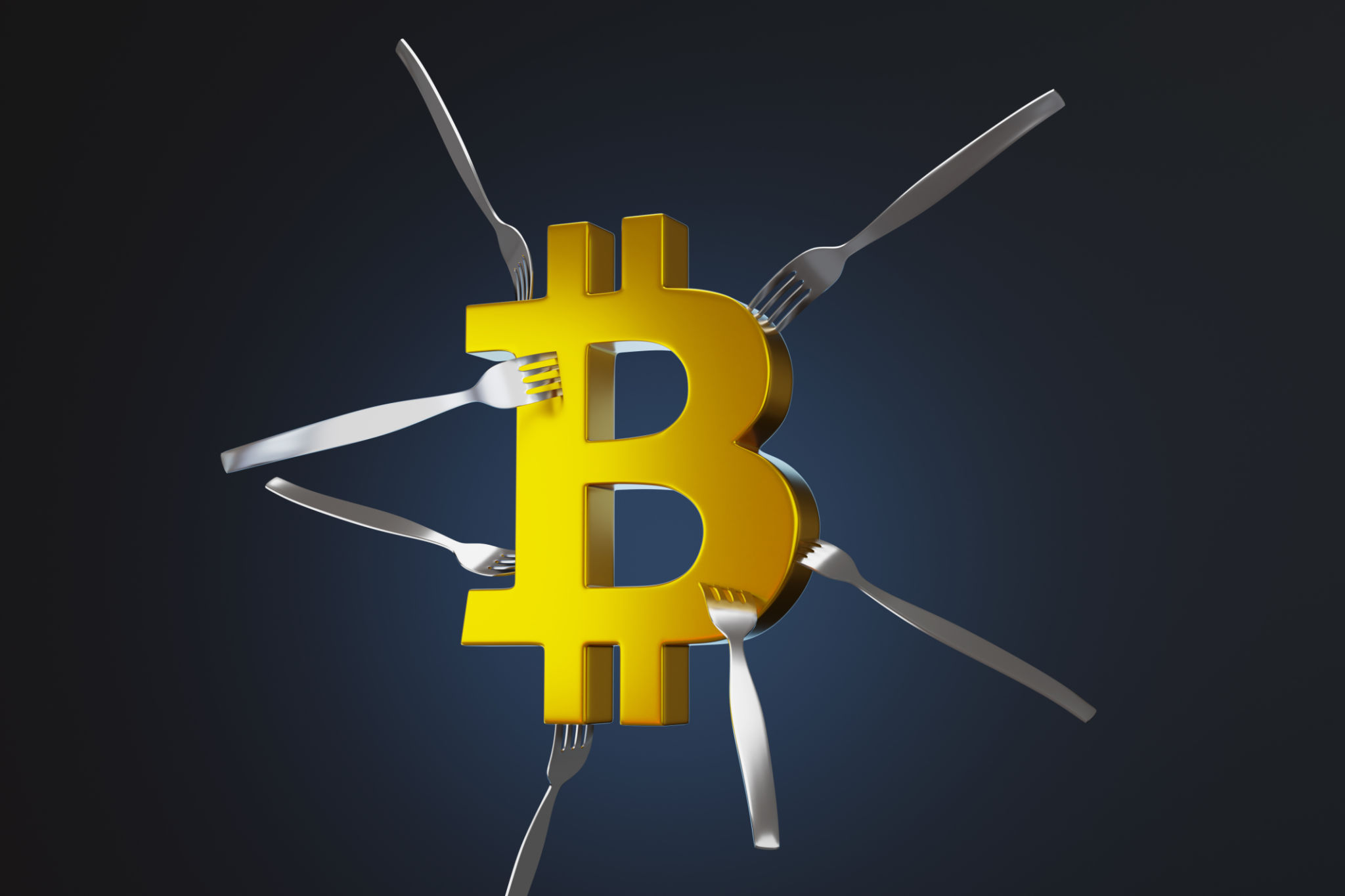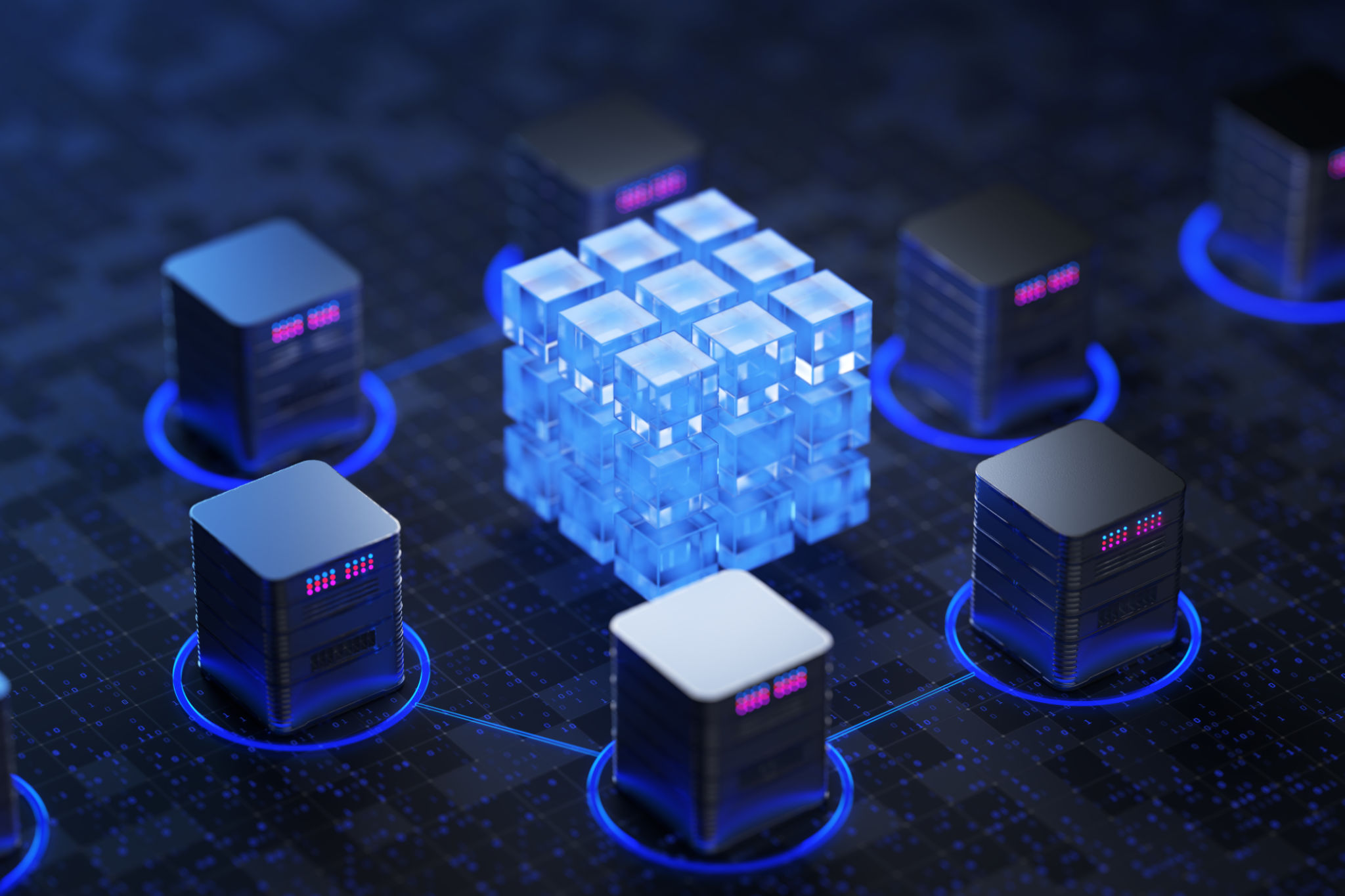The Future of Dining: How GrubLink Uses Blockchain to Connect Food Lovers and Restaurants
The Rise of Blockchain in the Dining Industry
The dining industry is on the cusp of a technological revolution, and at the forefront of this transformation is blockchain technology. GrubLink, a pioneering platform, is harnessing blockchain to connect food lovers and restaurants in a way that promises transparency, security, and efficiency. As the world becomes increasingly digital, understanding how blockchain can enhance dining experiences is essential for both restaurateurs and patrons.
Blockchain technology provides a decentralized ledger that ensures all transactions are transparent and tamper-proof. This innovation is particularly beneficial in the food sector, where trust and quality assurance are paramount. By using blockchain, GrubLink offers a solution that not only improves operational efficiency but also builds consumer confidence.

Enhancing Transparency and Trust
One of the primary benefits of GrubLink's blockchain integration is enhanced transparency. In the dining industry, customers often seek assurance about the source and quality of their food. With blockchain, every step of the food supply chain can be recorded and verified, from farm to table. This level of transparency helps diners make informed decisions and fosters trust between them and their favorite eateries.
Moreover, blockchain technology enables restaurants to showcase their commitment to ethical sourcing and sustainability. By providing verifiable information about their ingredients and suppliers, restaurants can attract a more conscientious clientele. This transparency not only benefits diners but also encourages restaurants to maintain high standards in their operations.

Streamlining Operations with Smart Contracts
In addition to transparency, GrubLink utilizes smart contracts to streamline restaurant operations. Smart contracts are self-executing agreements with terms directly written into code. For restaurants, this means automating processes such as order management, payment processing, and supply chain logistics, reducing the potential for human error and increasing efficiency.
With smart contracts, payments can be processed instantly upon fulfillment of order conditions, minimizing delays and disputes. This efficiency extends to inventory management as well. Restaurants can optimize their stock levels by automatically triggering orders when supplies run low, ensuring they never run out of essential ingredients.

Empowering Food Lovers with Personalized Experiences
Beyond operational benefits for restaurants, GrubLink’s use of blockchain empowers food lovers with personalized dining experiences. By securely storing customer preferences and dietary restrictions on the blockchain, GrubLink enables restaurants to tailor their services to individual needs. This personalization enhances customer satisfaction and loyalty.
Furthermore, diners can earn rewards through GrubLink’s loyalty programs built on blockchain technology. These rewards are securely managed and easily redeemable across participating restaurants, creating a seamless and rewarding experience for frequent diners.
The Future of Dining is Here
As GrubLink continues to innovate using blockchain technology, the future of dining looks promising. By addressing concerns of transparency, efficiency, and personalization, GrubLink is setting a new standard for how food lovers interact with restaurants. As more establishments adopt this technology, diners can expect a more connected and satisfying dining experience.
The integration of blockchain in the dining industry not only transforms how we eat but also how we think about food sourcing and restaurant operations. As GrubLink paves the way for this digital transformation, it opens up new possibilities for both consumers and restaurateurs alike.

In conclusion, the adoption of blockchain technology by platforms like GrubLink represents a significant shift in the dining landscape. By leveraging the power of blockchain, GrubLink bridges the gap between food lovers and restaurants, ensuring that the future of dining is not only delicious but also transparent and efficient. As we move forward, embracing these technological advancements will be key to thriving in an increasingly digital culinary world.
